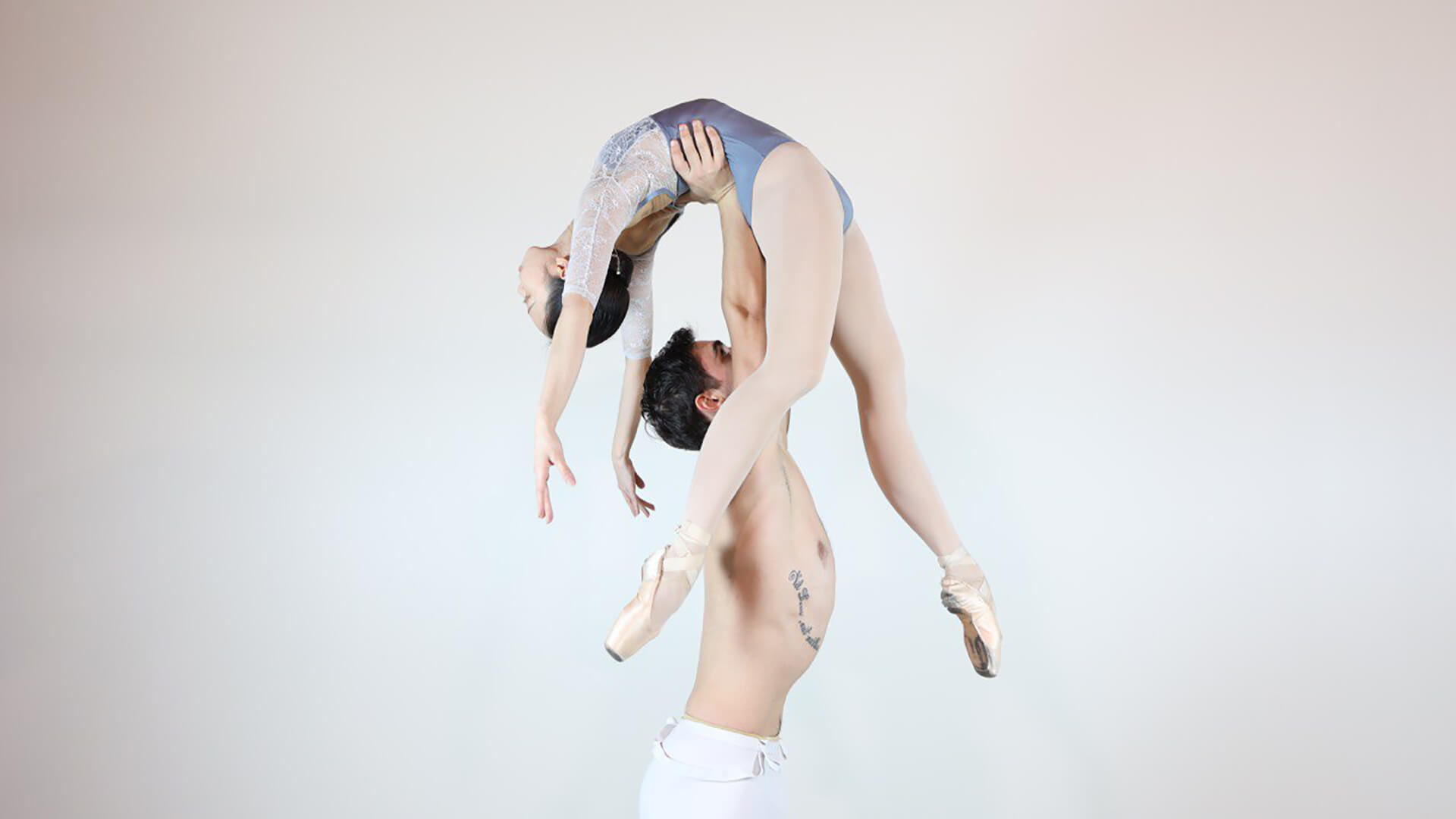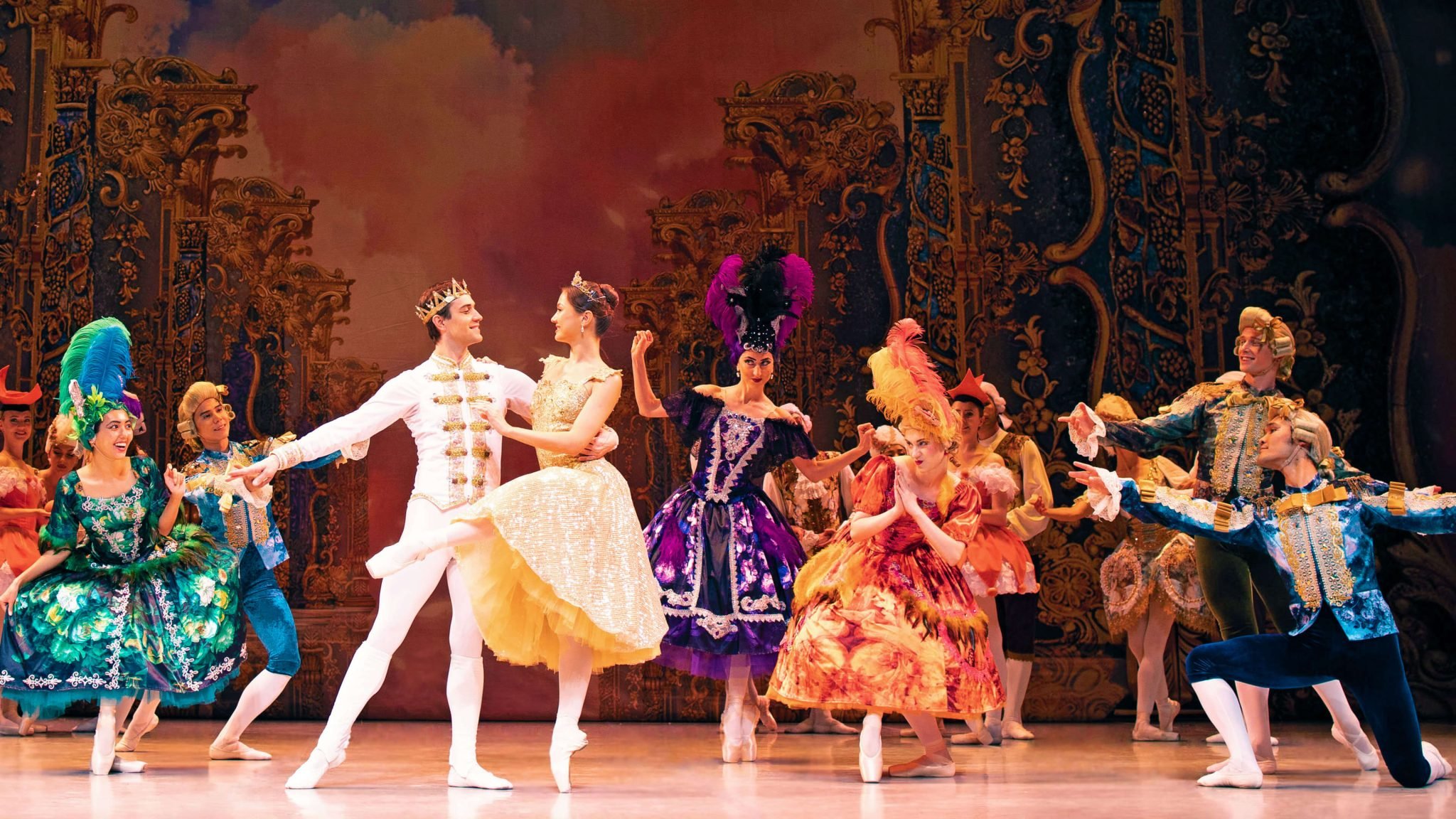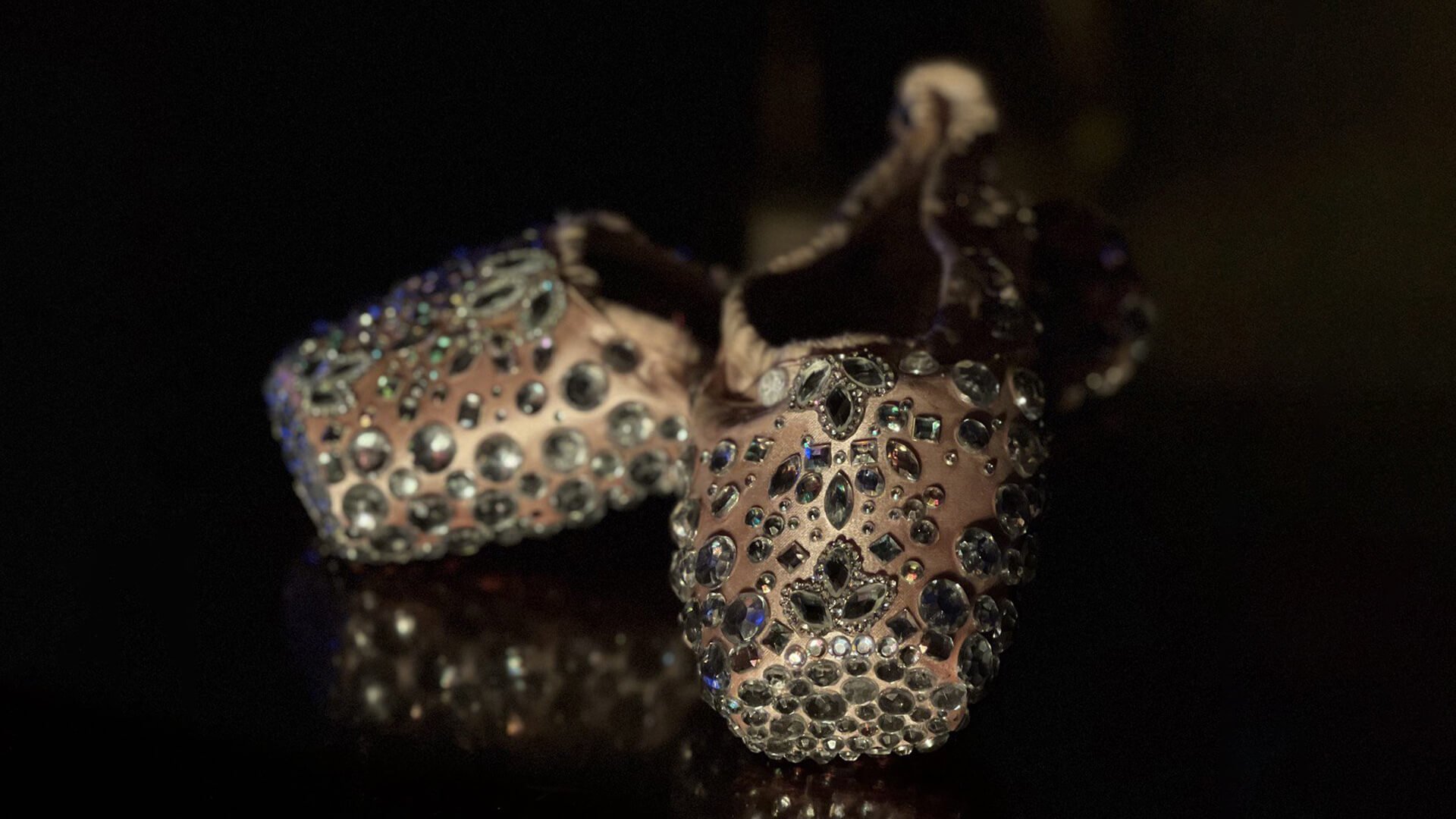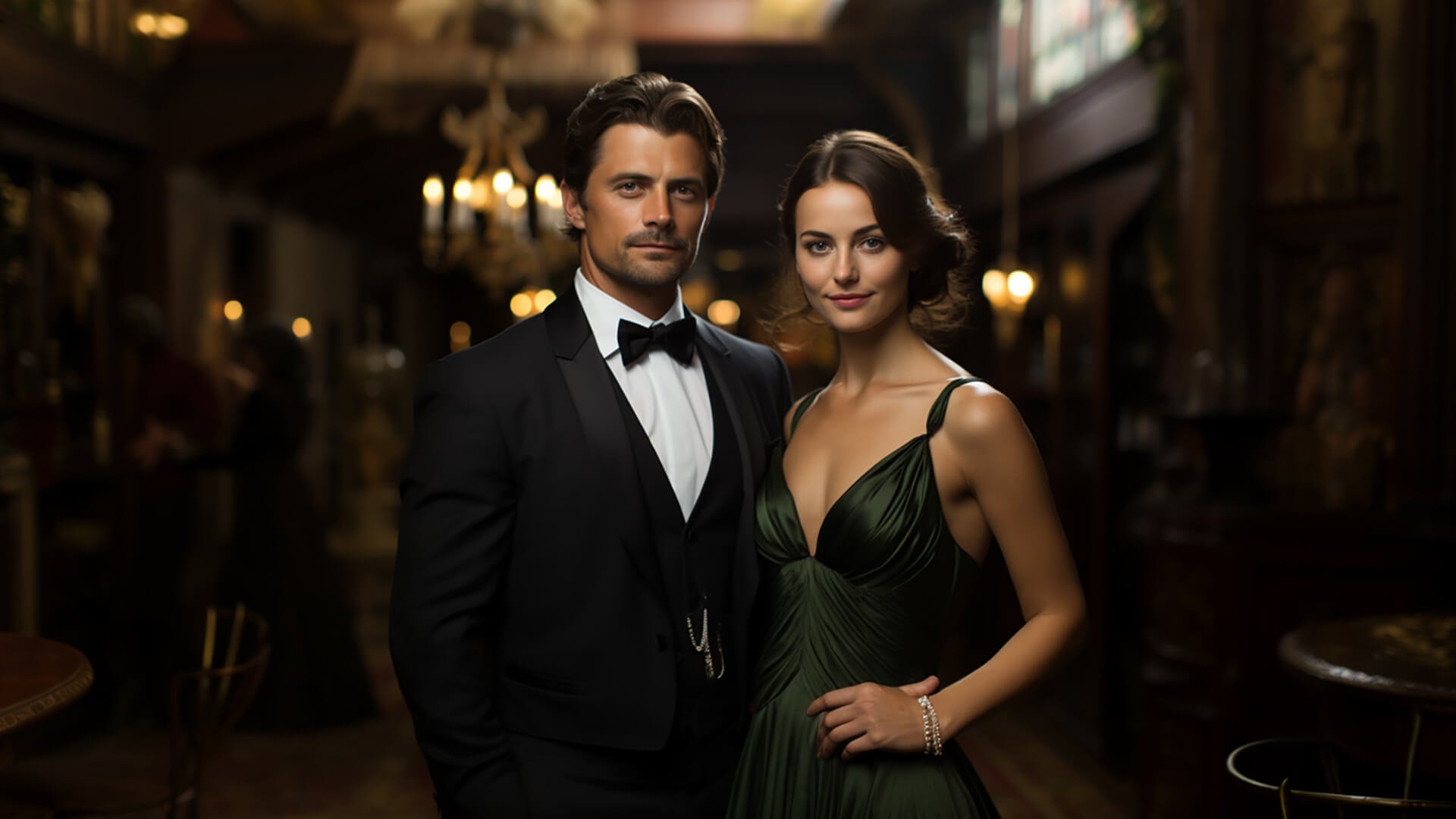Behind the Scenes at the World Ballet Series: Understanding Ballet Attire and Debunking Misconceptions
Introduction
Hello, dear ballet enthusiasts! We, the World Ballet Series, are thrilled to share some insights into the beautiful world of ballet with you. Today, we want to discuss ballet attire for both male and female dancers, debunk common misconceptions, and provide you with a better understanding of the purpose and design of ballet outfits. We hope this knowledge will enhance your
appreciation of this magnificent art form.
Male Ballet Dancer Outfits
Our talented male ballet dancers typically wear tights to showcase their muscular legs and enable unrestricted movement. Underneath their tights, they wear a dance belt, which is a specialized undergarment that provides support and protection for their genitalia. The dance belt is designed to create a smooth, discreet appearance, making it physically impossible for the dancer’s genitalia to be visible through the tights. Upper body garments for male dancers, such as fitted shirts or leotards, are made from breathable, stretchy materials to allow ease of movement and highlight their muscular physiques.
Female Ballet Dancer Outfits
Our graceful female dancers wear leotards as versatile, comfortable garment that allows for a full range of motion. Leotards come in various styles and colors, but all are designed to provide coverage and support. The iconic tutu is not just a decorative garment; tutus are specially designed with layers of tulle to help accentuate a dancer’s movements and maintain the illusion of weightlessness on stage. Female ballet dancers also wear tights to create a smooth, polished appearance and provide support for their legs. Tights help to accentuate the dancer’s lines and technique.
Debunking Common Misconceptions
We often come across misconceptions about ballet outfits, and we’d like to address a couple of the most common ones. Some people perceive ballet attire as provocative or revealing, but this isn’t the case. The primary goal of ballet outfits is functionality, enabling our dancers to move freely while showcasing their technique. The materials and designs of ballet attire prioritize support, coverage, and comfort, ensuring dancers’ needs are met. Another misconception we’ve encountered is the idea that our male dancers’ genitalia is visible through their tights. In reality, male dancers wear a dance belt beneath their tights, a specialized undergarment designed to provide support and create a smooth, discreet appearance. The dance belt makes it physically impossible for the dancer’s genitalia to be visible through the tights. Understanding the true purpose and functionality of ballet attire can help dispel these misconceptions, allowing audience members to focus on the incredible talent and artistry of our ballet dancers.
The Evolution of Ballet Attire
Throughout the history of ballet, attire has evolved to meet the changing demands of the art form. The early days of ballet saw dancers wearing heavy, restrictive garments that limited their movement. As ballet techniques developed and became more demanding, attire was adapted to facilitate greater freedom of movement and support for the dancers. Today’s ballet attire is the result of centuries of refinement and innovation, designed to showcase the beauty and skill of the dancers while providing the necessary support and comfort.
In Conclusion
At the World Ballet Series, we believe that understanding the purpose and design of ballet attire can help debunk misconceptions and enhance your appreciation of this beautiful art form. As the World Ballet Series, we kindly ask you to appreciate the dedication and discipline of our talented ballet dancers and understand the thoughtfully designed attire that allows them to gracefully perform their remarkable feats on stage. Thank you for your continued support, and we look forward to sharing more behind-the-scenes insights with you in the future!








